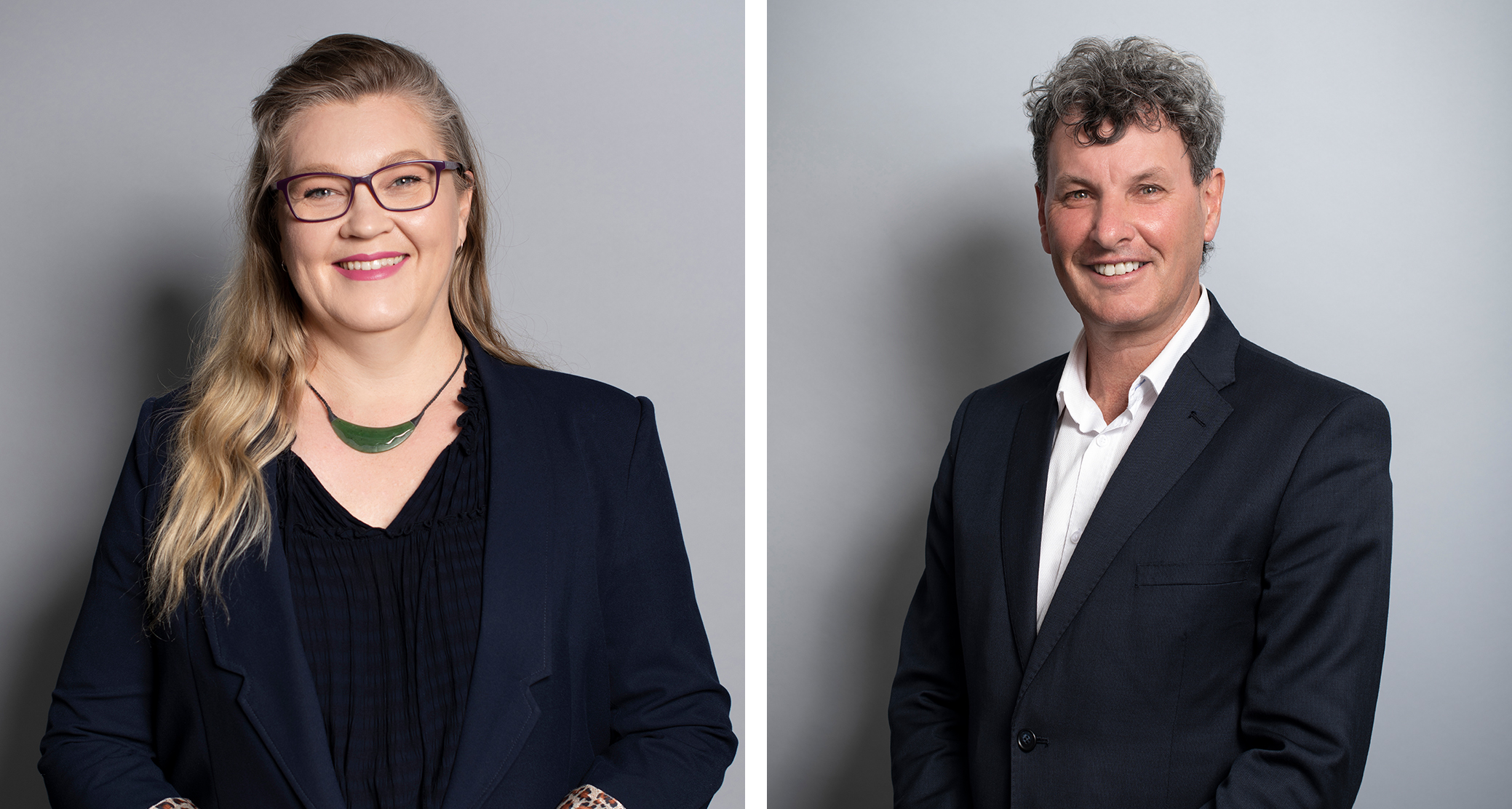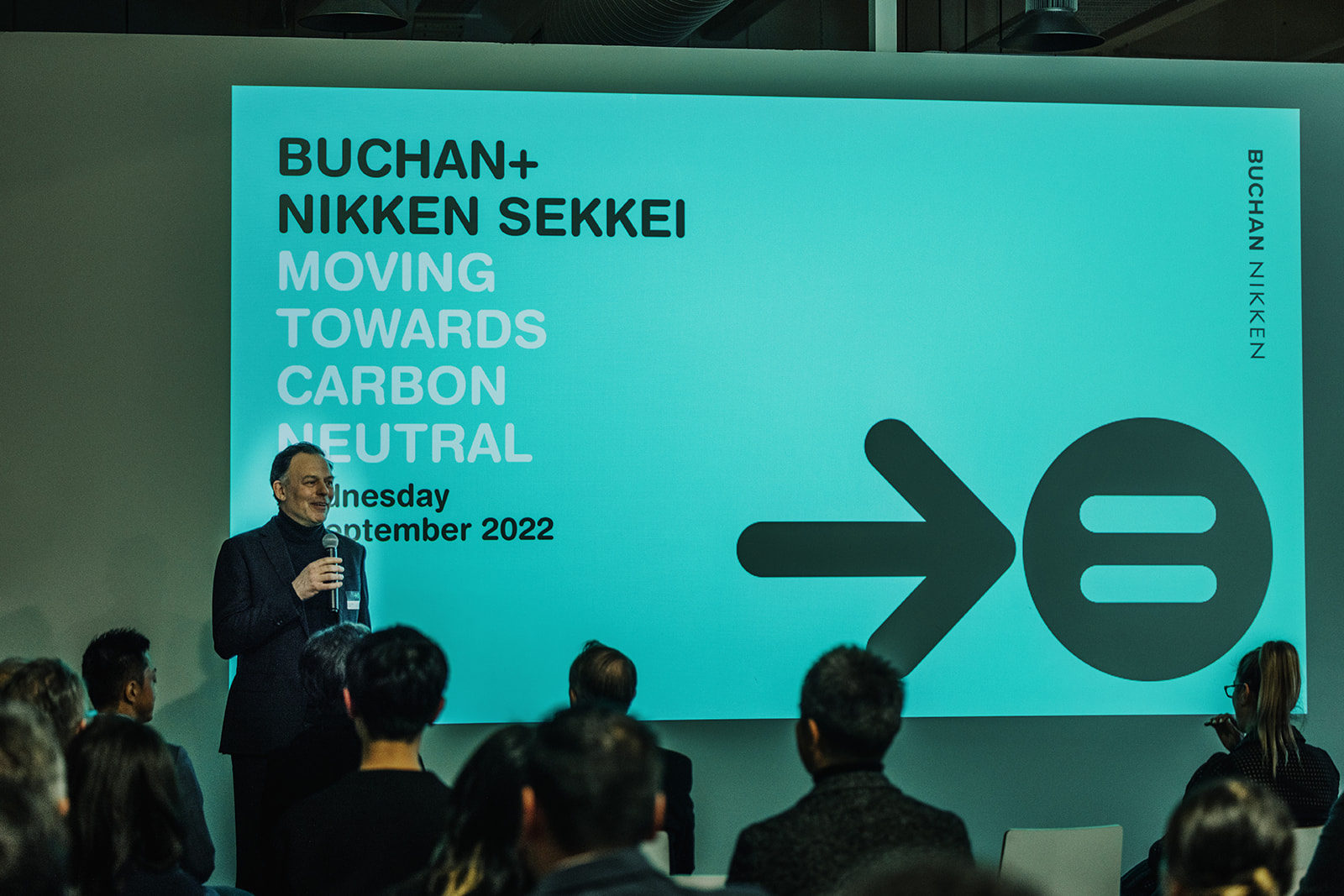One of New Zealand’s longest-standing architecture firms says the country has entered “a new era of disaster-resilient design” as its cities navigate complex market conditions in realising a new urban identity.
Buchan Regional Operations Leader and Christchurch Principal Raylene McEwan said the country was experiencing a significant shift, with multiple design challenges around bank funding for projects, material shortages, certification and consenting of products, as well as a push in sustainability to reimagine design.
It comes off the back of the Global Financial Crisis, earthquakes and now, the enduring effects of the pandemic. But with challenges come opportunities, said McEwan.
“The focus is shifting to high-quality, low-cost environments, with an emphasis on urban design and minimising environmental impact,” she said. “The space between buildings is now if not more important than the actual buildings themselves. It’s about creating places where people want to live and feel comfortable.”
Learning to design with earthquakes
Buchan celebrates 30 years in New Zealand this week. For McEwan, who has been with the firm for 22 years, earthquake design has been most fascinating.
“An earthquake for us is an incredible learning opportunity because we get to see our research in a real-world scenario,” she said. “There have been huge amounts of learnings in Christchurch during recent decades. We were never supposed to have a bigger earthquake than what we experienced in 2011. It has meant incredible rebuilding of the city.”
The post-2011 architectural design response to build shorter, squatter buildings were driven by community fear and safety, as well as cost to replace, McEwan said.
“The recovery and renewal phase weren’t just about building design; it was about the psychological response to buildings as well,” she said. “People became scared of buildings. They didn’t want buildings built over a certain height. They wanted to re-vision the city because the opportunity was there to do it. Design became about safety and comfort.”
“We are seeing higher, taller buildings designed onto spaces again,” McEwan said. “The push towards denser residential, including two or three storey townhouses, has seen a shift away from the quarter acre section and low-lying buildings, back into height again.”
“Design has played a big part in that as people become more secure with technologies and look beyond New Zealand to major cities like Tokyo, which is a hugely vertical place with more significant seismic issues than what we have. This has led to a new era of disaster-resilient design in New Zealand.”
Buchan’s beginnings in New Zealand were steeled by The Christchurch Art Gallery design competition win in 1998. Surviving the earthquakes of 2010 and 2011, it is today considered one of the safest and most earthquake-resilient art galleries in the world. The Gallery led Buchan to open a studio in Christchurch in 2000 to support its foundational studio in Auckland, which opened in 1992. Today, the firm employs more than 40 staff across the two locations.
Designing with Auckland’s environmental challenges in focus
In Auckland, Principal Rob Guild said serious investment was needed over the next decade to address public transport measures, crippling housing shortages and the growing threat of flood and inundation. This is coupled with looming pressures country-wide to meet net-zero carbon emission deadlines by 2030.
“Rightly or wrongly, Auckland was designed as a car-based city,” Guild said. “To get around Auckland efficiently, you need a car. We are hoping the City Rail Link will become our new ‘Metro’ and solve some of these transport issues. This means we can intensify residential along the railway corridors to meet the massive shortfall in affordable housing, or housing of any sort for that matter.”
Auckland tumbled down to 34th place out of 173 cites in the Global Livability Index 2022 – a considerable drop from second place in 2021.
“Auckland remains a desirable city to live, meaning people are putting up with these problems in housing, transport and infrastructure,” he said. “Flooding is only destined to worsen too – we’re currently looking across the ditch to see how Australia manages this. The reality is, land where houses in Auckland were built weren’t in flood zones previously, but they are now.”
Guild said architects played an important role in addressing these issues, particularly around sustainability and minimising our carbon footprint to meet the country’s Paris Agreement committment..
“I wouldn’t underestimate these targets,” Guild said. “Low carbon construction is going to drive up house costs hugely, because we will have a limited amount of products to build with in order to reduce our carbon footprint. It’s the sleeping giant that nobody has really woken up to appreciate yet – the scale and scariness of this issue. It requires a concerted industry wide effort, led by Central Government, to realise this.”
Landmark projects
Buchan’s Re:START ‘container mall’ in Christchurch became a world famous icon and symbol of post-quake innovation in 2011. With more than 70 percent of the shops, hotels and office buildings in the heart of the city demolished by the 6.3 magnitude quake, Buchan collaborated with Re:Start The Heart Trust to design a portable, modular retail system from 60 shipping containers, fitted out with shops, eateries and public precincts. The vibrant, multi-level pedestrian mall went on to win multiple retail and urban design awards, remaining in operation for more than six years.
Buchan led the design and expansion of Sylvia Park’s The Grove Dining District, as part of the architectural vision to create a world-class retail centre for international brands. It followed other notable portfolio projects, including The Brickworks (Auckland), Centre Place (Hamilton), Northwest Shopping Centre (Albany) and SkyCity Casino Hamilton.
Buchan designed The Hub Hornby, which would become the sustainable face of retailing in southern Christchurch. It also led the retail, office and precinct creation at The Landing – a major retail mixed-use development as part of Wigram Skies masterplanned community.
“There isn’t a retail centre in major areas across New Zealand that we haven’t played a part in at some point along the way, and that continues to be the case today” McEwan said
Buchan is also completing the masterplanning, architecture and interior design of the $180million mixed-use redevelopment at Invercargill Central, which will see the urban fabric of the Invercargill CBD reimagined as a dynamic precinct that will continue to evolve with the growing city. The masterplan includes a mix of retail, hospitality, civic, entertainment, residential, commercial and multi-service offerings.
In recent years, Buchan has also made a name for itself in upmarket residential with the recently completed Horizon Apartments at Mission Bay, and Sonata Apartments at St. Heliers Bay, as well as St Marks Apartments in Remuera and the visionary Mission Bay beachfront development, set to rejuvenate one od New Zealnd’s most iconic places.
“Design has to constantly be on the front foot,” McEwan said. “It is no longer just about building big, beautiful structures; it’s about creating spaces for the people that use them.”






